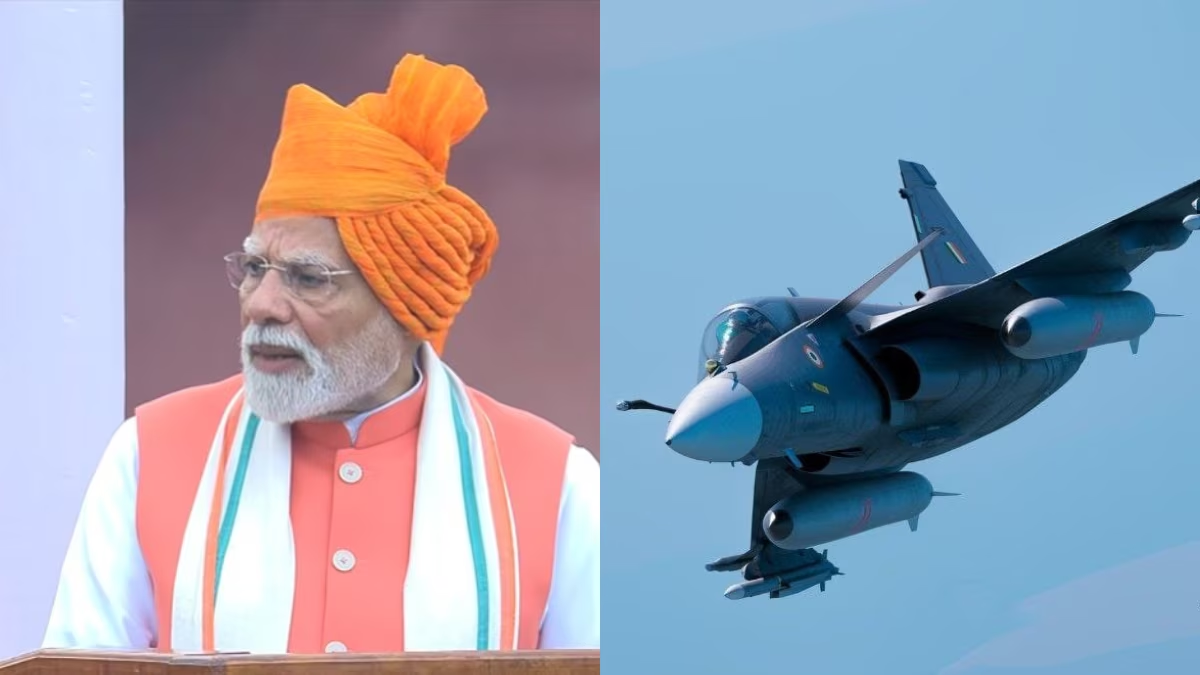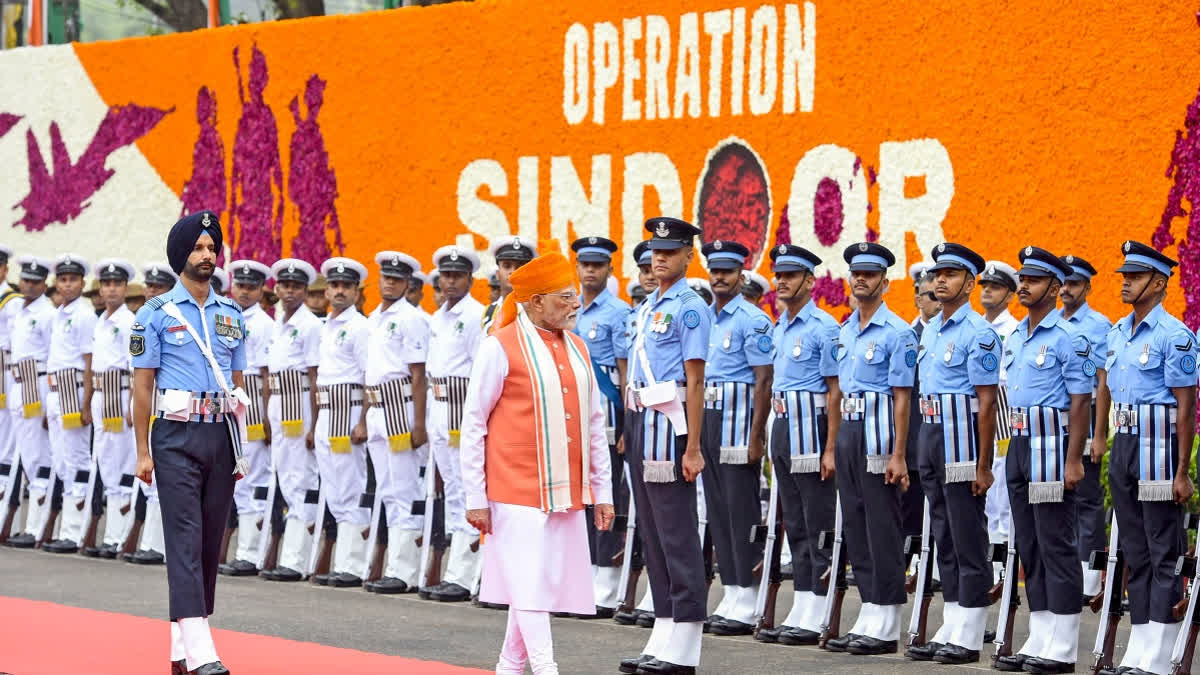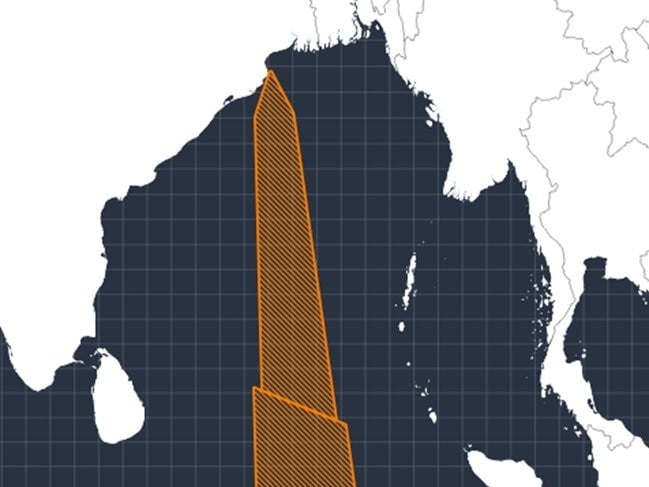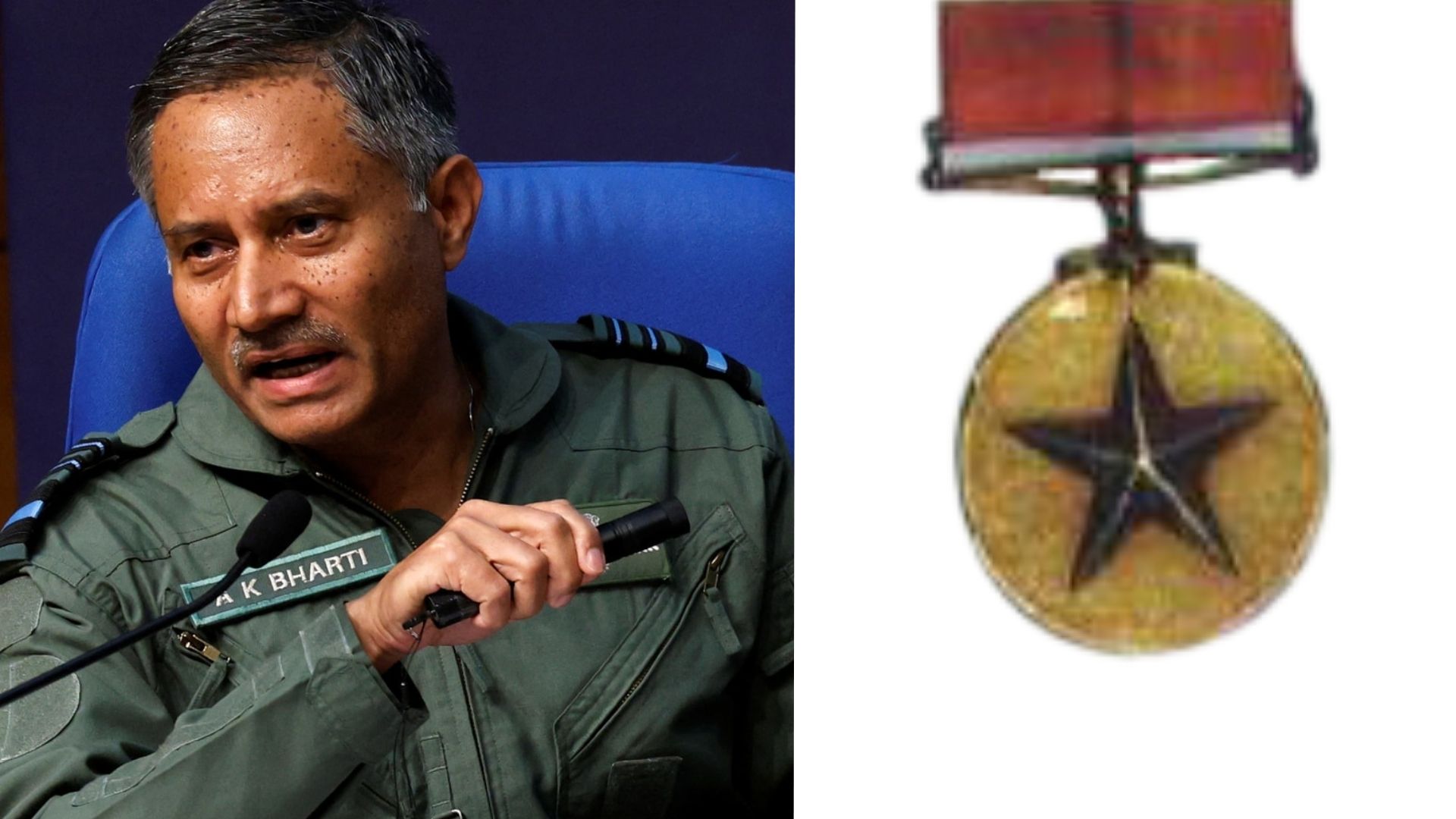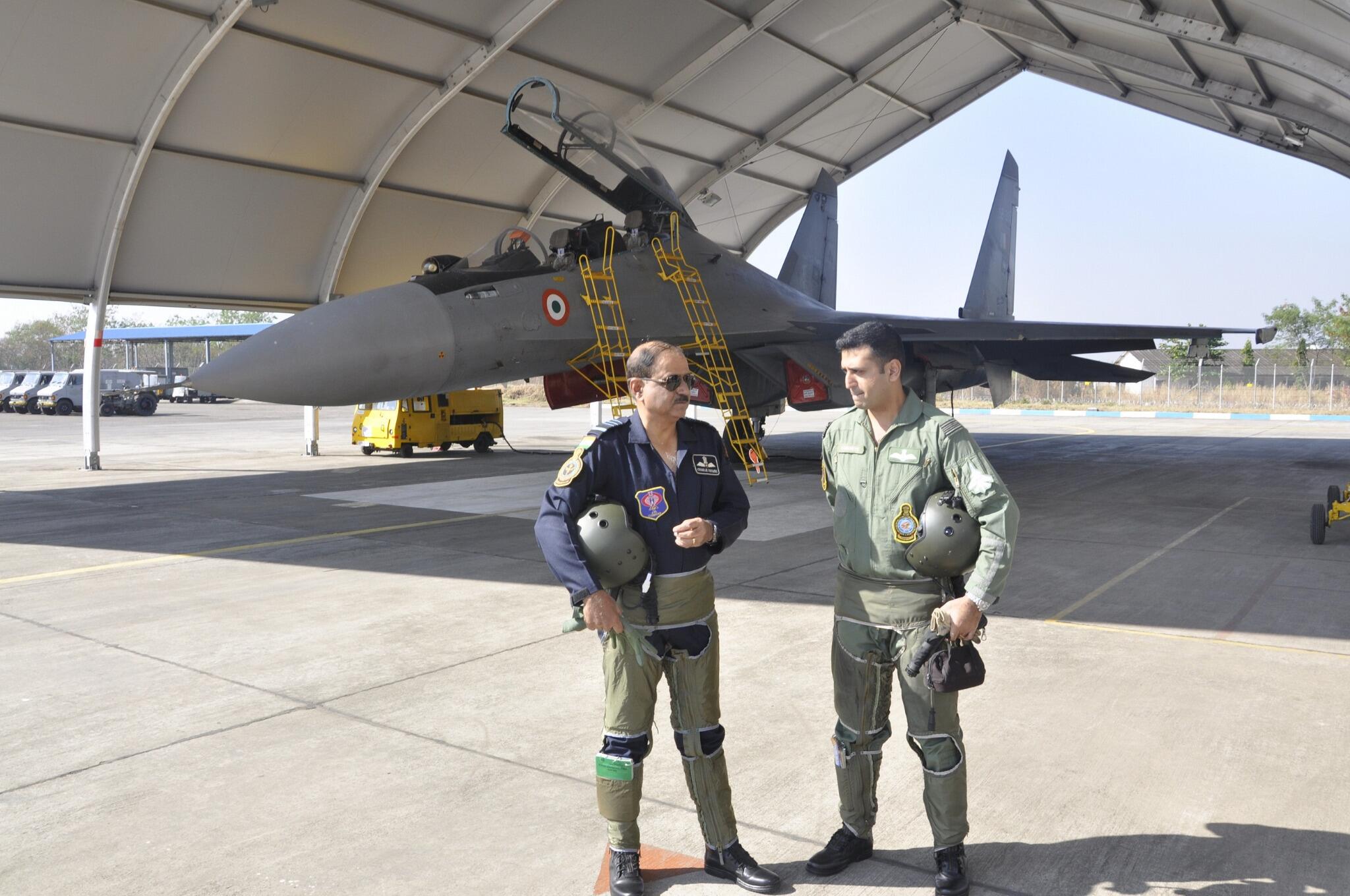PM Modi Urges Made-in-India Fighter Jet Engines to Boost Defence Self-Reliance
Marking India’s 79th Independence Day from the Red Fort, Prime Minister Narendra Modi issued a strong call to action for…
PM Modi Launches ‘Sudarshan Chakra Mission’ to Develop India’s Own Iron Dome-Like Defence System
Prime Minister Narendra Modi has announced the launch of the Sudarshan Chakra Mission, an ambitious decade-long national security initiative aimed…
India Issues 4,790 km Range NOTAM for Missile Test Off Odisha Coast August 20–21
India has issued a Notice to Airmen (NOTAM) covering a 4,790 km stretch in the Bay of Bengal for a…
First Time After Kargil War: Air Marshal AK Bharti, Three Other IAF Leaders, Two Lt Generals and One Vice Admiral Honoured with Sarvottam Yudh Seva Medal
In a momentous announcement on the eve of Independence Day, the President of India has conferred the Sarvottam Yudh Seva…
Sons of Former Air Force Chiefs Awarded Vayu Sena Medal (Gallantry)
In a unique moment for the Indian Air Force (IAF), Group Captain Omar Browne and Squadron Leader Mihir Vivek Chaudhari…
List of COAS and VCOAS Commendation Card Awardees – Independence Day 2025
The COAS (Chief of the Army Staff) Commendation Card and VCOAS (Vice Chief of the Army Staff) Commendation Card are…

